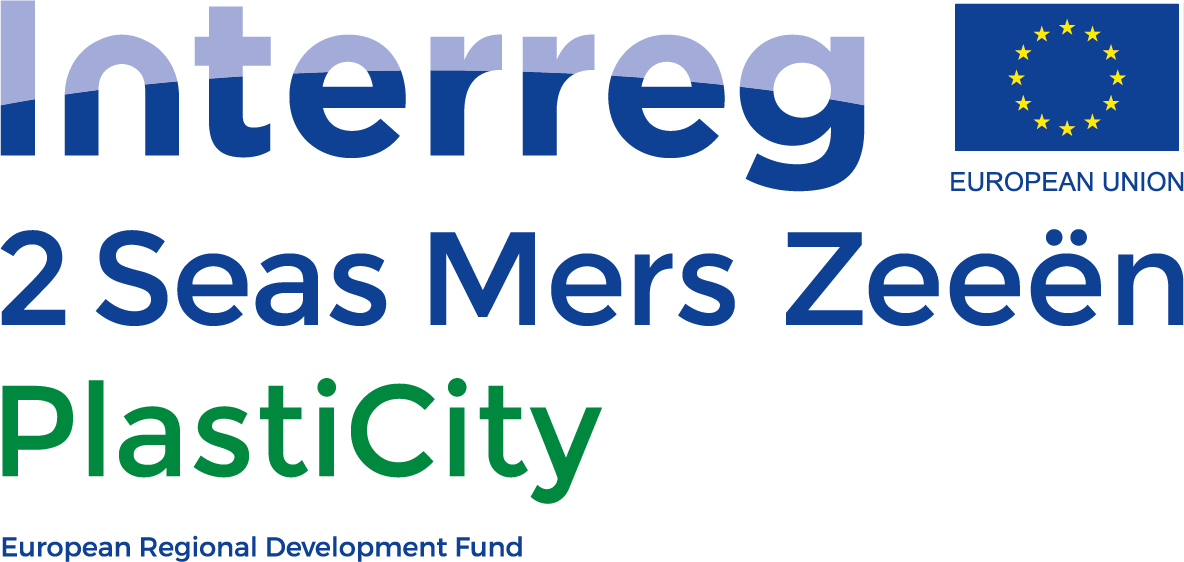PlastiCity conducts research into the plastics chain
The PlastiCity project is making a map of the local landscape around actors, capacities, attitudes, motivations and engagement when it comes to plastics recycling in the 4 case study cities.
Surprisingly, there is very limited reliable, complete information on the current landscape of plastic waste recycling and how this is influenced by technical and socio-economic factors and decision making processes. Much of the currently available data is gathered top-down, from national statistics, with incomplete mass balances and no information on composition, distribution and destination.
Furthermore, there is limited insight in the ‘why’ question. Why is the waste generated? Why are specific fractions not recycled. What is going wrong in the decision making process? What is the behavior of the actors is their willingness towards change? What would be leverages/interventions to change the behavior?
PlastiCity therefore sets a baseline of the current landscape of plastic waste generation and waste management. Plastic flow & stocks, and behaviour & decision making processes are characterised with regard to spatial (where?), contextual (what, why, who and how?) and temporal (when?) dimensions. And this, over the total current value chains; from the collecting, recycling, incineration, export, … for all waste systems of businesses (b2b), of governments (b2g) and of consumers (b2c).
This is now being done in the 4 case study cities, but since current and future value chains don’t stop at city borders, data from the cities will be linked to regional and national
data.

